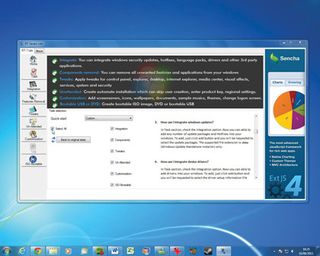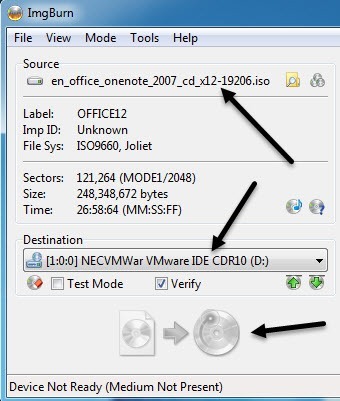
- #UNIVERSAL USB INSTALLER ISO SELECTED CREATE GREYED OUT INSTALL#
- #UNIVERSAL USB INSTALLER ISO SELECTED CREATE GREYED OUT DRIVERS#
- #UNIVERSAL USB INSTALLER ISO SELECTED CREATE GREYED OUT WINDOWS 10#
- #UNIVERSAL USB INSTALLER ISO SELECTED CREATE GREYED OUT DOWNLOAD#
You need to right-click on the disk image file itself without mounting it. For example Linux Mint and CentOS will not work with the Multiboot. But that is not the right way to do it, because it will only burn the individual files within the mounted disk image, not the disk image itself. What's new in Universal USB Installer 2.0.1.4: Added an option to Create Multiboot USB. Upon completion, you should have a ready to run bootable USB Flash Drive with your select operating.

Mobile Data is what you use to connect to the internet through your Cellular Providers network. Simply choose a Live Linux Distribution, the ISO file, your Flash Drive and, Click Install. I figured this could replace my aging UBCD4Win USB and I could use this going forward.
#UNIVERSAL USB INSTALLER ISO SELECTED CREATE GREYED OUT WINDOWS 10#
I created a UEFI boot USB using my windows 10 computer and ADK. I have never had a problem, might have been slow, but never had an issue. When the progress is complete, disconnect the media and keep it in a safe place.
#UNIVERSAL USB INSTALLER ISO SELECTED CREATE GREYED OUT INSTALL#
If the drive is not empty, Acronis True Image 2020 will ask you to confirm deleting all the data stored on the drive. By selecting Install Now we start the installation to our USB drive. You can already see this in this thread: iamMacPerson suggested mounting the disk image in Finder first then selecting the “Burn to Disc” option within it. Select the drive that you want to make bootable. Disk Utility could only burn disk images, not files.

I think the reason why people preferred Disk Utility is because it wasn’t possible to confuse file burning with disk image burning like Finder does.

You can do this in Terminal directly: hdiutil burn /Path/To/DiskImage.iso You can tell when you right-click on a file: a compatible disk image will be burned as “Burn Disk Image to Disc”, whereas incompatible files will simply be burned as wholes: “Burn to Disc”.ĭisk Utility and Finder use the same underlying application to burn disk images, which is hdiutil. As long as iDVD creates a disk image file (*.cdr, *.dmg, *.iso, etc.) then it will work.

#UNIVERSAL USB INSTALLER ISO SELECTED CREATE GREYED OUT DRIVERS#
Then use the Create Recovery Media wizard to create a Veeam Recovery Media. So, one option to grab the right drivers is to connect the Linux device via a wired cable to the Internet. Keep in mind that the Veeam Recovery Media created with MS ADK components will not contain the following tools:īefore you create a Veeam Recovery Media, check prerequisites.
#UNIVERSAL USB INSTALLER ISO SELECTED CREATE GREYED OUT DOWNLOAD#
Download and install Windows Assessment and Deployment Kit (MS ADK).Insert the Windows Installation Media so that Veeam Agent can load the necessary components from it.In such case you will be prompted to do one of the following: In some cases, Windows Recovery Environment components may be missing on the system, and Veeam Agent will not find them during the Veeam Recovery Media creation.


 0 kommentar(er)
0 kommentar(er)
